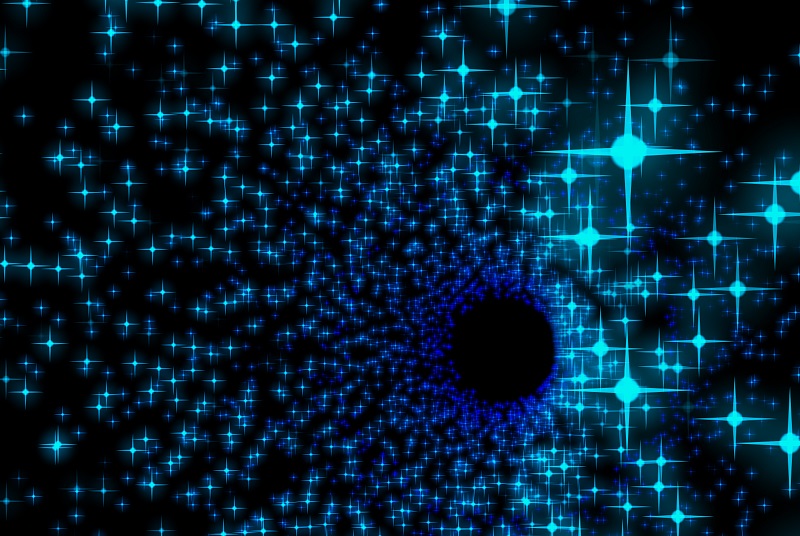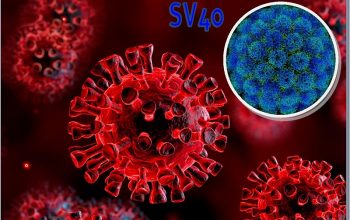Data from James Webb Telescope has concluded that the differing values of the Hubble Constant are not the result of measurement errors. In other words, the different values are valid and hence the conflict in our understanding of the expanding universe is to continue.
Theoretical physics that draws the picture of the universe for us relies predominantly on mathematical equations and telescopic/satellite observations. The Hubble Constant is the central number, a ratio called constant of proportionality in physics, whose value determines the rate of expansion of the universe. By the equation v = H0D (where H0 is the Hubble Constant), the greater the distance of a galaxy (D) from earth, the faster the speed (v) with which it recedes away from the planet.
Now the Hubble Constant is the key indicator of the age of the universe as calculated by physicists in the Big Bang cosmology in which the universe is thought to be expanding at an increasing rate. Over the past few decades, scientists have agreed on a narrow range of values of for the Hubble Constant mainly relying on the Hubble telescope data, by which the age of the universe comes to 13.8 billion years. But the discrepancy in values of the constant remain with a different value calculated by different methods, ranging from 67 km/s to 73 km/s (km/s denotes kilometers per second).
The new study using data from James Webb Space Telescope (JWST), led by Nobel Laureate Adam G. Riess of Johns Hopkins University, supports the Hubble Telescope’s data. The study itself does not provide an exact value for the Hubble Constant and the authors write:
We refrain from providing a value of H0 determined exclusively from the JWST data because the sample size of calibrated SN Ia and independent geometric anchors is substantially inferior to what is available in R22.
The new study rules out the possibility of errors causing the different values of the Hubble Constant. In other words, the conflict in values is real. That furthers the “Hubble tension” – the conflict in our understanding of an expanding universe.
After the study came out, Professor Riess was cited in The Washington Times casting doubt on our understanding of the universe:
“With measurement errors negated, what remains is the real and exciting possibility we have misunderstood the universe.”



